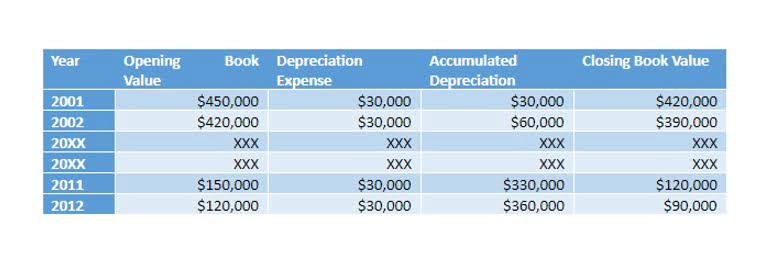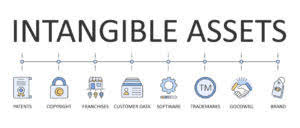
The SBA Office of Advocacy reported almost 33.2 million small businesses in the U.S., as of March 2023. Within the U.S. economy, small businesses comprise 99.9% of all firms, 99.7% of all firms with paid employees, and 97.3% of exporters. A solid business continuity plan can be exhaustive, expensive and take a lot of time to develop and maintain. If your business cycle is seasonal, for example, think about how much it would cost if your system went down for three hours. Some businesses might do 80% of their business in just one month out of the year. Losing three hours of availability could result in a significant hit to the bottom line.
Support links
Learn why SMBs struggle with data use and analytics and explore why and how an SMB should implement a SAN. While the cap for defining an SME differs, the lower threshold is more consistent. The SBA normally identifies any company with fewer than 10 employees as small offices/home offices (SOHO). As such, that SME definition is only a small part of the wider picture. Since each country has different classifications and corresponding guidelines, it’s important to carry out further research. Here are how several different jurisdictions define an SME differently, depending on the type of business.
SMB (small and medium-sized business or small and midsize business)

In the United States, SMEs are disproportionally owned by white males, highlighting the lack of access to financial and entrepreneurial resources across races and genders. For example, a March 2023 report by the SBA found only 19.6% of employer firms were owned by minorities and only 21.7% of employer firms owned by women. SMEs are segregated from large, multinational companies because they fundamentally operate differently. Large, complex firms may require advanced enterprise resource planning (ERP) systems—for accounting, supply chain management and financial reporting, and interconnectivity across offices around the world—or deeper organizational processes. SMEs, on the other hand, may require fewer systems given their narrower scope of operations.

Setting up small and medium-size enterprises for restart and recovery

The most advanced governments have started to provide services through apps with an SME login that gives users customized insights on government offerings and markets as well as tailored recommendations. The program starts with a diagnostic phase in which participants evaluate their current operations. The second phase involves the participants and experts envisioning the ideal medium business accounting future state. The implementation phase takes three months and equips change agents with the essential lean-manufacturing tools while practically implementing them in their own operations. The experts from the model factory continue to advise and guide change agents and conduct field visits to assess and aid the overall transformation, even after the participants graduate.
- Instead, it separates small businesses and self-employed individuals into one group and midsize to large businesses into another.
- This trend could calcify talent challenges for SMEs—or present an opportunity to attract talent leaving other roles.
- Started in 1934, the WIR Bank is a complementary currency system in Switzerland that serves mainly hospitality, construction, manufacturing, retail, and professional services SMEs.
- Losing three hours of availability could result in a significant hit to the bottom line.
- That means choosing tried-and-tested solutions and working with trusted partners with a proven track record.
- In the United Kingdom, SMEs that have ambitious growth targets for the next five years have twice as much turnover from exports, with nearly 40 percent of their sales coming from online channels.11“Accelerating SME recovery,” March 30, 2021.
Small and Midsize Enterprise (SME): Definition and Types Around the World
The long-term and ongoing culture change activities and interventions that will come will help shape a culture that celebrates cost management and growth simultaneously. In many companies, the search for productivity growth becomes a cost-cutting exercise. And inputs aren’t just labor inputs, but also capital equipment, inventory, technology investments, materials, and more. Looking at the complete productivity equation encourages leaders to discover opportunities to maximize outputs, as well as reduce inputs, and to get more from all their assets, not just the workforce. Paycom Software (PAYC 0.77%) is another company focused on providing software solutions for SMEs.
